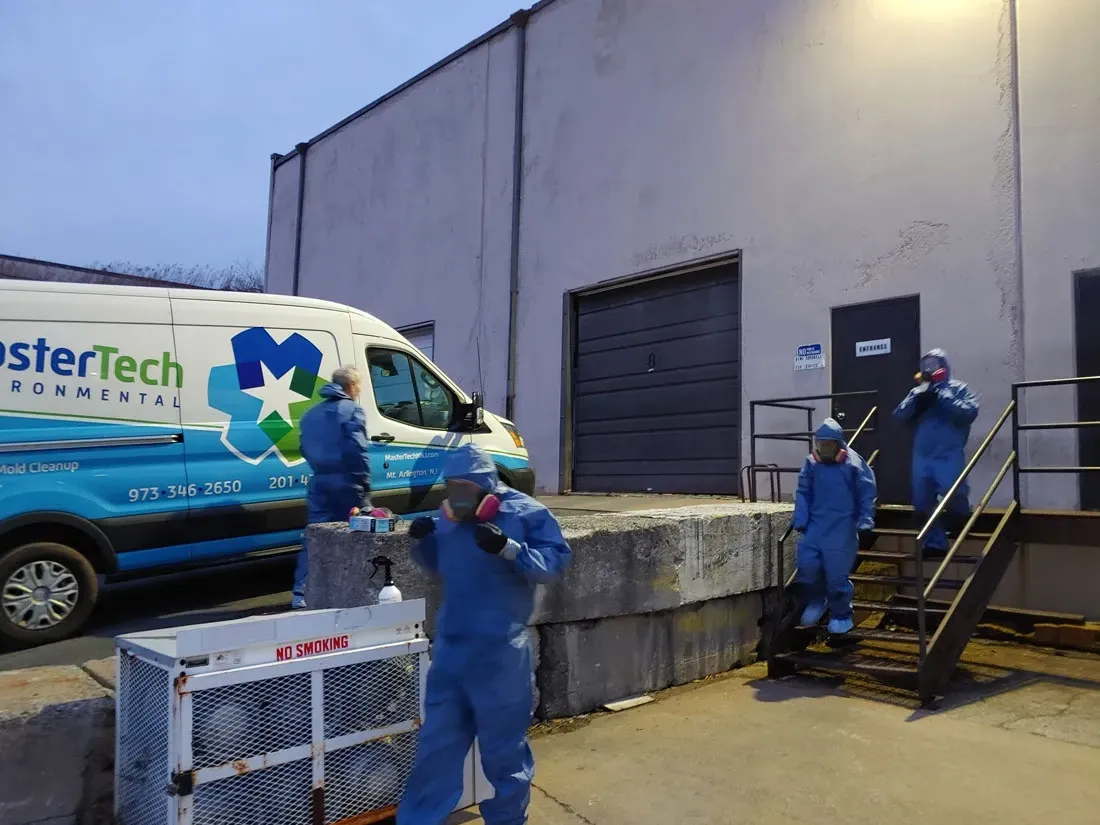Mold Remediation in South Carolina

How harmful is mold to human health? Mold, in nature, is a natural and essential part of the life cycle. When mold is found inside a home, that is a different story. For a healthy adult, mold exposure, at least in small doses, does not pose the most significant immediate threat; however, mold should be dealt with immediately for at-risk people. One group that is at risk of mold sickness or CIRs is children.
What should you know about mold sickness and children?
- Mold sickness can increase respiratory symptoms (wheezing and coughing) by up to 50% in children.
- The Journal of School Health claims that up to 20% of hay fever (allergic rhinitis) is attributed to mold exposure.
- In 2019, the Journal of Current Allergy and Asthmas found a direct link between early-life mold exposure and the potential development of asthma (not conclusive, as studies are still being conducted).
- Children who are further immunocompromised are at a higher level of risk, according to the Centers for Disease Control and Prevention. For instance, those undergoing cancer treatment are at greater risk of developing severe reactions to mold, including fungal infections in the lungs.
How to Help Keep Kids Safe from Mold?
- The first step is mold inspection and testing. Mold is notorious for starting to grow behind walls, under floors, or in ceilings, making it hard to spot until the problem becomes significant. Mold testing and inspection in Conway SC is the best and only way to understand the mold situation in your home. The only way to know you need duct cleaning in Conway SC is through thorough and complete mold inspection.
- Once mold is found, the next step is removing the mold. If mold is caught quickly, this can be a relatively straightforward process for pros to accomplish once they know where to find mold. Duct cleaning in Conway, SC is often required because mold tends to grow within HVAC systems.
- After removal comes another vital step: mold remediation. If mold shows up once and is removed, it is often only a matter of time before it returns. Mold remediation in North Myrtle Beach SC (and the surrounding area) tackles the problem at the source to ensure mold does not return.
Keeping children safe from mold exposure is vital for the long and short-term health of these developing humans. Call our team today for more help with duct cleaning or mold removal in Conway SC.



